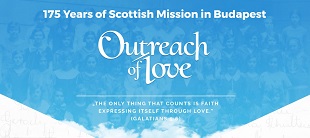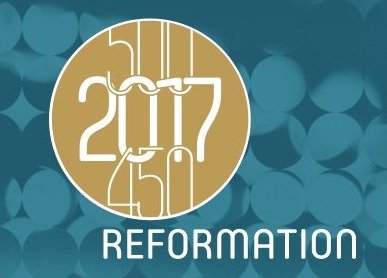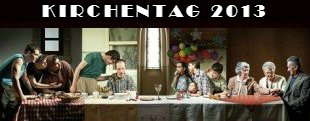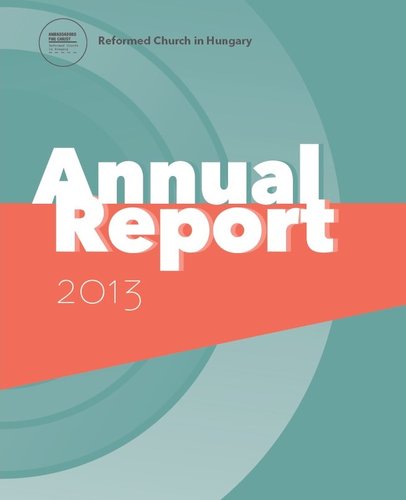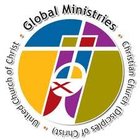Today’s Hungarian Soldiers of Nagysalló
2014. március 13., csütörtök1848–49. A handful of Hungarians in Nagysalló cherish the memory of one of the bloodiest battles in the war for independence. At one site of the “glorious” spring campaign in the Felvidék, we find descendants of late Hungarian soldiers.
Who is in fact the priest of Nagysalló?
Good day, good work! – we start a conversation with the two women sweeping around the monument commemorating the battle of Nagysalló in 1849 on the 19th of April, which is right next to the reformed church of Nagysalló. They answer and thank us in Hungarian. And then when we would like to start a deeper conversation, it comes to light that only one of them understands us, almost. She answers our questions kindly with broken Hungarian. She tells us that they are Slovakians and because of the nice weather they have come to clean the park next to the monument.
The population of the town, which contains three villages (Hölvény, Kissalló and Nagysalló), was pure Hungarian, mainly reformed, until the resettlement following the Second World War. From a congregation of 2,000, now only 380 remain, according to the census reports. The settlement affected three-quarters of the reformed people - 98 families went only to Bátaszék. One time, a priest from the village of Felvidék said to his colleague in the little town of Tolna, not by chance: So actually, you are the priest of Nagysalló, not me!
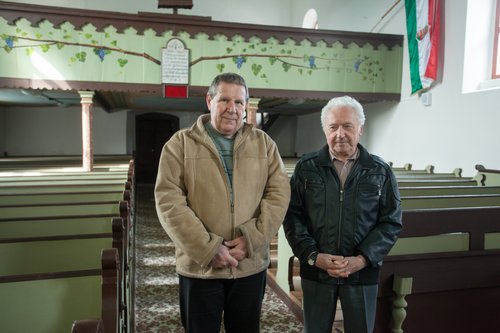
To support the life of the Slovakians in the village, the wealthy Hungarian reformed farmers had to go away and the less wealthy Catholics were able to stay. Walking around the streets, we notice that most of the farm houses are falling to pieces. For the families that came from afar, the old houses were not important, and as soon they became wealthy they left these houses behind to open new streets at the end of the gardens where they built flat-roofed, multi-storied blockhouses reminiscent of architecture from the Czechoslovakian era. Slovakian-speaking gypsies from outside the village, who do not really want to restore the buildings and who will look for new ones once they become uninhabitable, are now living in most of the old Hungarian houses. Unfortunately, lands left by Hungarians also have the same destiny: more and more farmland goes to Dutch and Danish proprietors.
Battle scene from the pen of György Klapka
“… there was dreadful street fighting. Every house, every yard, every hedge had to be protected from the siege. In the meantime from the nearby heights and from their town territories, the Austrians were covering/showering the Hungarian occupied streets with grenades and cartridges. But our brave Hungarian soldiers (…) unflinching. They were marching forward step by step through the hail of bullets. Within an hour Nagysalló was ours. The town, consumed by flames and filled with the injured and corpses, now belongs to the Visoczky and Kazinczy divisions.”
From the expert perspective
In his journal, György Klapka writes of the town being consumed by flames, but in the financial books of the Kissaló congregation we cannot find any reference about buildings of the church being damaged. To solve this contradiction and to answer other questions, we asked for historian Róbert Hermann’s help. The Károli Gáspár University director told us: our soldiers were able to quickly force the enemy back out of the village, so the main battle was outside of it. The fire may have been caused by houses built with thatched roofs, but the church was in fact damaged by bullets. According to the expert on this topic, the bullets lodged into the wall of the church must have gone astray, because one could aim quite well with the canons back then. Since even the soldiers did not know there would be a fight that day – the battle of Nagysalló was a so-called encounter battle – it hence took the people in the village by surprise as well, according to the university professor. They tried to find shelter in cellars, houses or even in the church. The people did not have to be afraid of the Austrians, unless they attacked them, because they had no interest in turning the citizens against them.
Where April is in March
It feels good when a bus stops at the monument on the 15th of March, says Lajos Dóra, local Csemadok (cultural society of ethnic Hungarians in Slovakia) president and church warden of the congregation in Kissalló. We asked him how the villagers preserve the memories of the battle of that spring campaign, and at the same time we got to know that they put their big celebration on the 19th of April, because on that date after the system changes, it was allowed to place wreathes again.
"This year because of Easter, we slip one week compared to the original date, so if someone wants to join, visit us on the 27th of April!” said the church warden. On this day, everybody in Nagysalló will celebrate: after the morning service, the congregation will lay a wreath on the carved monument standing in front of the entrance of the church, in the afternoon at half past two – the same time the reformed church bells will ring - the villagers will come together at the obelisk, built in 1876, then go farther to the reformed cemetery to lay a wreath on the tomb of the 700 soldiers killed in action on the 19th of April in 1849. And if one is still able, they can go to the nearby Léva with the villagers, where they give a commemoration at the tomb of the injured who died in the military hospital.
“We are true-born Hungarian reformed from Hölvény, every branch,” Árpád Mészáros, one of the oldest members of the congregation, proudly says. As he says, he heard a lot from his grandfather that the mound at the border of the village that was built in memory of the battle by the national guardsmen using their hats and shakos (military hats). Árpád also heard from his grandparents that the Hungarian officer corps celebrated the victory in the manse owned by the archbishop, and it was here that the famous Kossuth song was born. If it happened in this way or not, one thing is certain: in the village there is no celebration without this song, which every Hungarian knows.
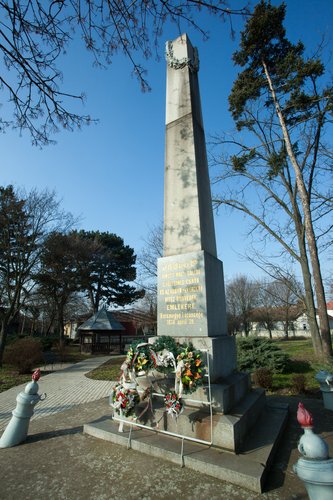
Clothing of the recruits
The battle of Nagysalló was fought by the division of Hungarian soldiers led by Artúr Görgey that went to save Komárom. The Hungarians came from the East across the Garam river, while the enemy troops arrived from the West at Nagysalló, where then a struggle for life and death took place all day. Three Austrian cannon balls lodged into the western wall of the church serve as mementos from the battle. The congregation is still devoted to the cannon balls, as big as two fists, and when they wanted to refurbish the building again, they did not touch these estimable memories. Within the fenced-in garden is the largest reformed church of the district, and its huge 300-square-meter presbytery speaks of the old wealth. In this big garden, there is also a place for those unknown graves that were saved from the settlements and thieves.
In the presbytery archives we find another contemporary memento, not only the cannon balls. It is true that until 1945 a previous Slovakian priest gave the congregation’s documents and birth registrations to the state, but the financial register of the Kissalló congregation from the 1840s is still available. In this book there is a note connected to the war of independence, in 1849 on the 8th of February, it says: “for the clothes of the recruits, András Tóth, chief elder, paid eighteen cents.”

Half a dozen
The last time the 500 seat church was full was in 1997 at the signing of the sister-town agreement between Bátaszék and Nagysalló. The 81-year-old Árpád Mészáros remembers in his childhood the church was so full that in wintertime, while singing, their breath sweated out onto the walls and during Lord’s Supper believers were standing in the garden. The biggest tragedy for the Hungarians of the village was the settlement, nowadays the migration because of unemployment, the small number of births and assimilation have cut down the number of Hungarians.
Also, in Nagysalló there is a big problem that Hungarian parents send their children into Slovak schools with the expectation of a better future. At one time there was a central Hungarian school in the village, but now it only has 70 students. Last school year, 12 Hungarian students started their studies, this year only six. However, those who go to Slovak school are at the mercy of assimilation. And it is not true that those who study in Slovakian will manage better in life, because everyone studies easiest in their mother language. Further studies in mother language are guaranteed: in Zselíz there is a public school and in Léva there is a reformed high school.
“My grandson is completing his fourth year at the Faculty of Law in Pozsony and he passes his exams the first time even though he went to a Hungarian school before,” emphasized Árpád.
The secret of the future
The local organization of the Csemadok educational society do its best to make Hungarian parents see reason if it is needed. Lajos Dóra and his colleagues go around the village during the registration period to call the families attention to the advantages of Hungarian school.
“Sometimes we lose the battle and we considered it a big slap in the face, and sometimes the success gives us new motivation,” says the truck driver, who is hopeful despite numerous problems - We are working for the survival of the Hungarians. We will do our best, but the result is the secret of the future. We have enthusiastic and eager young people, and while they are still with us the hope is also.
Written by Sándor Kiss; translated by Anita Polgári/Nóra Csobán
Photos: Krisztián Sereg
Originally publish in Reformátusok Lapja 2014/11
Contact us
Click here if you are interested in twinning.
Reformed Church in Hungary
Address: H-1146 Budapest, Abonyi utca 21.
PO Box: 1140 Budapest 70, Pf. 5
Email: oikumene@reformatus.hu
English, German and Korean language services in Budapest
Links
Recommended articles
-
Pastoral Letter in the Light of the Pandemic
Bishop Dr. István Szabó sent a pastoral letter of encouragement to the ministers serving in RCH’s congregations, expressing his gratitude for the persistence and creativity of the pastors.
-
RCH Joins in Pope's Call for Prayer
RCH published the call on congregations to join the initiative of Pope Francis, supported by ecumenical organisations, to unite in praying the Lord’s Prayer on Wednesday, 25 March, at noon.
-
English Speaking Worship Services Online
Each Sunday at 11 AM (CET) the St. Columba's Church of Scotland in Budapest, the international community of RCH invites you to join the worpship service on its facebook page.
-
Test of Humanity and Companionship
Reformatus.hu asked Dr. György Velkey, Director General of the Bethesda Children’s Hospital of RCH about the challenges of health care workers and ways of prevention against the pandemic.
-
All Church Events Suspended
In light of the coronavirus the Presidium of RCH requested congregations to suspend all church events with immediate effect. Beside restrictions, it calls for prayer, sobriety and responsibility.







